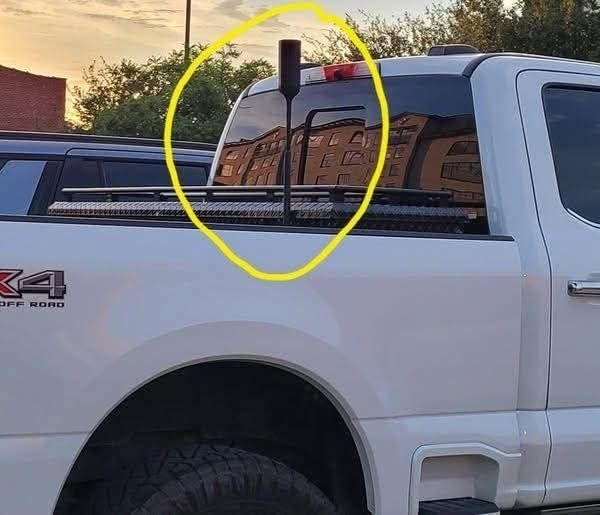That distinctive antenna you see rising from pickup trucks represents far more than nostalgic styling or amateur radio equipment. It’s actually part of a sophisticated mobile signal booster system that addresses one of the biggest challenges facing today’s drivers: maintaining reliable connectivity in areas with poor cellular coverage.
These systems function through a straightforward but effective process. The external antenna captures available cellular signals that would otherwise be too weak for a phone’s internal antenna to detect. These signals then pass to an amplifier unit inside the vehicle, which strengthens them before they’re redistributed throughout the cabin via an internal antenna. The result is significantly improved voice call quality, reduced dropped calls, and enhanced data performance.
The technology proves particularly valuable for professionals and enthusiasts who frequently operate outside urban areas. Farmers monitoring large properties, construction crews working on remote job sites, delivery drivers navigating rural routes, and outdoor adventurers exploring off-grid locations all benefit from these systems. Even families on road trips appreciate the ability to maintain navigation, communication, and entertainment options when traveling through areas with spotty coverage.
Modern booster systems support multiple devices simultaneously, allowing passengers to make calls, send emails, browse the internet, or stream content without the constant interruptions that typically occur in weak signal areas. This capability transforms vehicles into mobile offices or entertainment centers, making long journeys more productive and enjoyable.
While the antennas might visually recall the CB radio era, their function has evolved to meet contemporary needs. Instead of facilitating voice communications between vehicles, they now enable the digital connectivity that modern life and work require. The systems represent a practical solution for people who need to balance mobility with reliable communication capabilities.
The investment typically ranges from three hundred to five hundred dollars for a complete system, which regular travelers consider reasonable given the benefits. The ability to make emergency calls, maintain business communications, use reliable navigation, and stay connected with family provides peace of mind that outweighs the cost for many users.
These antennas have become increasingly common as remote work and outdoor recreation continue growing in popularity. They symbolize how technology enables people to enjoy greater freedom and flexibility while maintaining the connectivity that modern life demands. What appears to be a simple antenna actually represents the sophisticated integration of mobility and communication technology.

